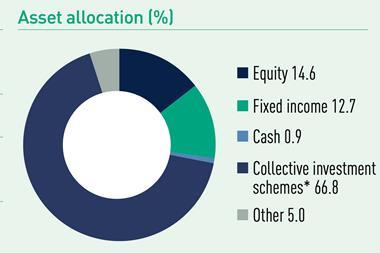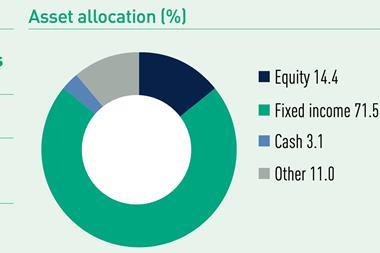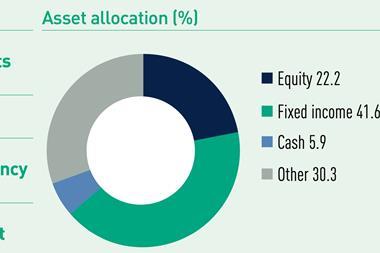The Swiss government has spoken in favour of a system foreseeing political intervention to place the country’s first pillar pension system on a sustainable footing, and linking the retirement age with life expectancy, thus preparing the ground for further reform of the system.
Actively taking measures to support the first pillar funds AHV/IV/EO, dealing with capital market volatility, and its members, on top of adjusting the retirement age, would stabilise the first pillar, the government explained in the report ‘Adjustment of the retirement age to life expectancy – international comparison and models for Switzerland’.
The government would have the legal mandate to submit proposals to parliament to also adjust the level of benefits, contributions, or VAT, if necessary.
This model would also ensure that the Swiss Federal Council takes into account the second pillar pension system, interlinked with the first, when taking measures, the cabinet explained, adding that pension funds need a certain degree of certainty to plan ahead, for example interest rates on pension savings and conversion rates for pension pay-outs.
The cabinet has, instead, rejected the idea of a strict automatic adjustment of the retirement age to life expectancy. Linking retirement age to life expectancy alone won’t achieve the political goal of making AHV a financially sustainable platform by 2050, the government explained in the report.
An automatic mechanism linking retirement age to like expectancy would not work because AHV finances are not in balance, meaning that income is not matching expenses, and further measures are necessary to create that balance, it added.
A further problem spotted by the government to apply an automatic mechanism to link retirement age to life expectancy is that the first and second pillar pension systems are interlinked, and automatic mechanisms would not necessarily guarantee that link between the AHV and the occupational pension system.
Therefore, automatic mechanisms would require sufficiently long transition periods to sync the two pillars, and at the same time give a level of certainty in the transition to the new system to employers and members, it added.
Moreover, according to the government, changing the statutory retirement age also requires adjustments to flexible retirement age, and this is difficult to achieve with automatic mechanics.

Additionally, the government has showed interest in a model that gradually increases the retirement age starting from 65 years old. Such a model will apply in Denmark, where retirement age will increase every five years, from today’s 67 to 68 years old in 2030, and to 69 in 2035, undergoing political approval and taking into account demographic and financial factors, the report added.
The advantage of this model is that it is easier to manage, the government said.
European governments are trying to make pension systems, which are under pressure from an aging population, fit for the future.
In Germany, the member of the German Council of Economic Experts, Veronika Grimm, has recently proposed a formula automatically linking retirement age to life expectancy.
The Netherlands has introduced an automatic mechanism linking retirement age to life expectancy scheduled to take effect from 2025; in Sweden the automatic mechanism will start in 2026, and also in Finland the retirement age, which is currently 65, will automatically be linked to the life expectancy from 2030.
Switzerland’s first and second pillar pension system are put to a “tough test” because of an increasing life expectancy and demographic developments, therefore the possibility of increasing the retirement age must be part of the next AHV reform, the cabinet said in the report.
Last year, the public approved in a referendum the long-waited reform of the first pillar system whcih resulted in increasing the retirement age for women from 64 to 65 years old, the same as for men, both in the first and second pillar, and the VAT by 0.4 percentage points. The reform will enter into force on 1 January 2024.
The latest digital edition of IPE’s magazine is now available


















